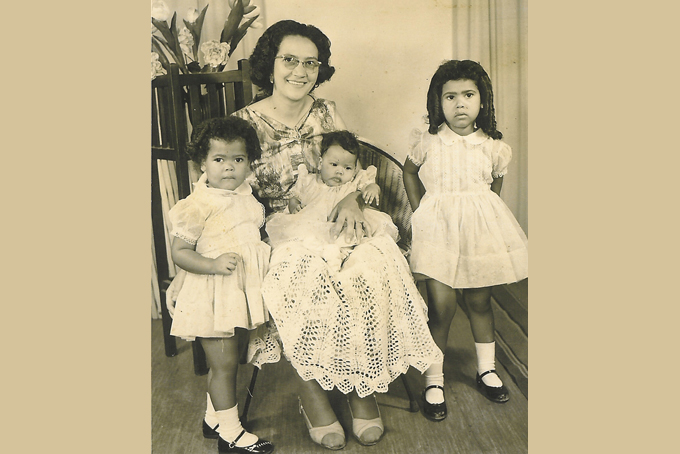
JOHANNESBURG (AP) – My mother was furious. The operators of the gas station in rural, racist South Africa had taken her money to fill the car, but would not give her the key to the toilets. They were for Whites only.
It was the early 1960s, and apartheid was the law of the land.
So my indomitable mum did the only thing she could do: She ordered me and my two sisters to urinate right there, very publicly, in front of the fuel pumps.
We did not disobey, but I started crying – and my sisters bawled, too. We lowered our shorts, but I was so traumatized that I simply could not go.
___
EDITOR’S NOTE – Michelle Faul is Chief Africa Correspondent for The Associated Press.
___
My widowed mother, Ethel Pillay, had driven us from our home in Zimbabwe, which was then called Rhodesia, to visit family in her native South Africa.
There was racism in Rhodesia, too, but it was nothing like the institutionalized code in South Africa that made Blacks subhuman – the system that Nelson Mandela later fought to bring down.
We had been on the road for more than 15 hours that day. We were taking the car because the train ride was difficult for a woman with three children and lots of baggage.
The train also was an uncomfortable ride for Blacks: Halfway through the trip, in the middle of the night, they would have to get out of the Rhodesian Railways compartments and transfer to decrepit Blacks-only South African carriages.
The car trip presented its own challenges. Hotels catered only to Whites, so the drive needed to be nonstop. We also had to carry piles of food and drinks because my mother refused to go to the back door of shops; only Whites were allowed inside the stores.
In those days, of course, we didn’t say “Blacks” and “Whites.” Black people were called “Africans,” we were “colored” to designate our mixed race, and Whites were called “Europeans.”
Sometimes those lines got blurred. South Africa had a crazy system of deciding your race, including whether the moons of your fingernails were a bit more mauve than white, indicating a hint of Black blood. There also was the test of whether a pencil would stay in your hair, indicating it must be of kinky Black stock. If the pencil slid through, you could be considered White.
Under such rules of apartheid, Chinese were classified colored despite their straight hair; Japanese were White.